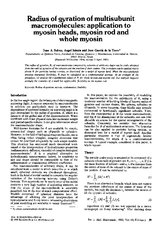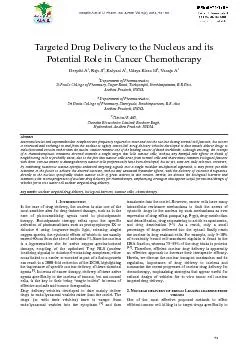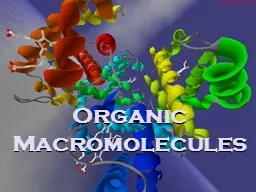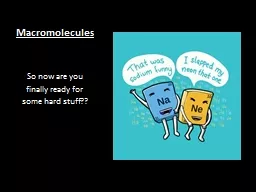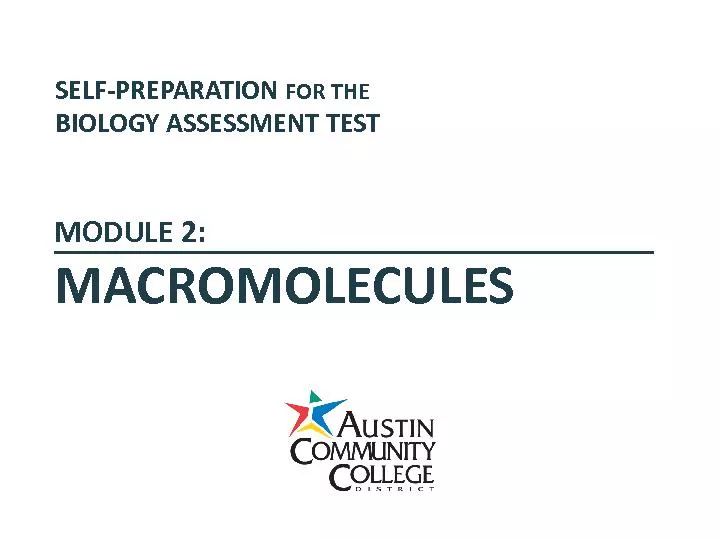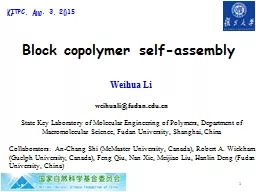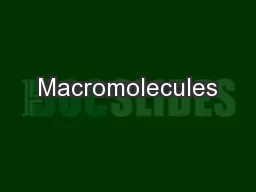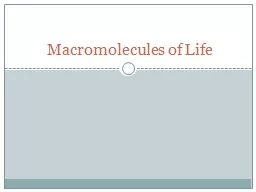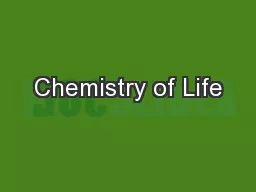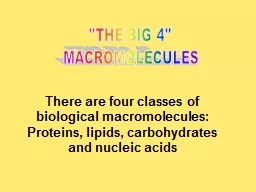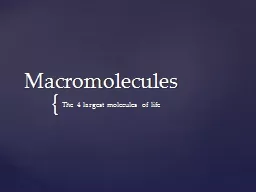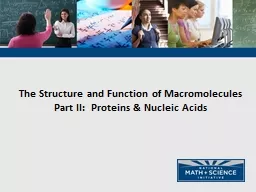PPT-Macromolecules
Author : cheryl-pisano | Published Date : 2016-07-07
SC912L182 SC912L183 SC912L 184 SC912L1811 Organic Compounds Poly mers manypart are made of Mono mers onepart Carbohydrates monosaccharides monomer link to form
Presentation Embed Code
Download Presentation
Download Presentation The PPT/PDF document "Macromolecules" is the property of its rightful owner. Permission is granted to download and print the materials on this website for personal, non-commercial use only, and to display it on your personal computer provided you do not modify the materials and that you retain all copyright notices contained in the materials. By downloading content from our website, you accept the terms of this agreement.
Macromolecules: Transcript
Download Rules Of Document
"Macromolecules"The content belongs to its owner. You may download and print it for personal use, without modification, and keep all copyright notices. By downloading, you agree to these terms.
Related Documents


